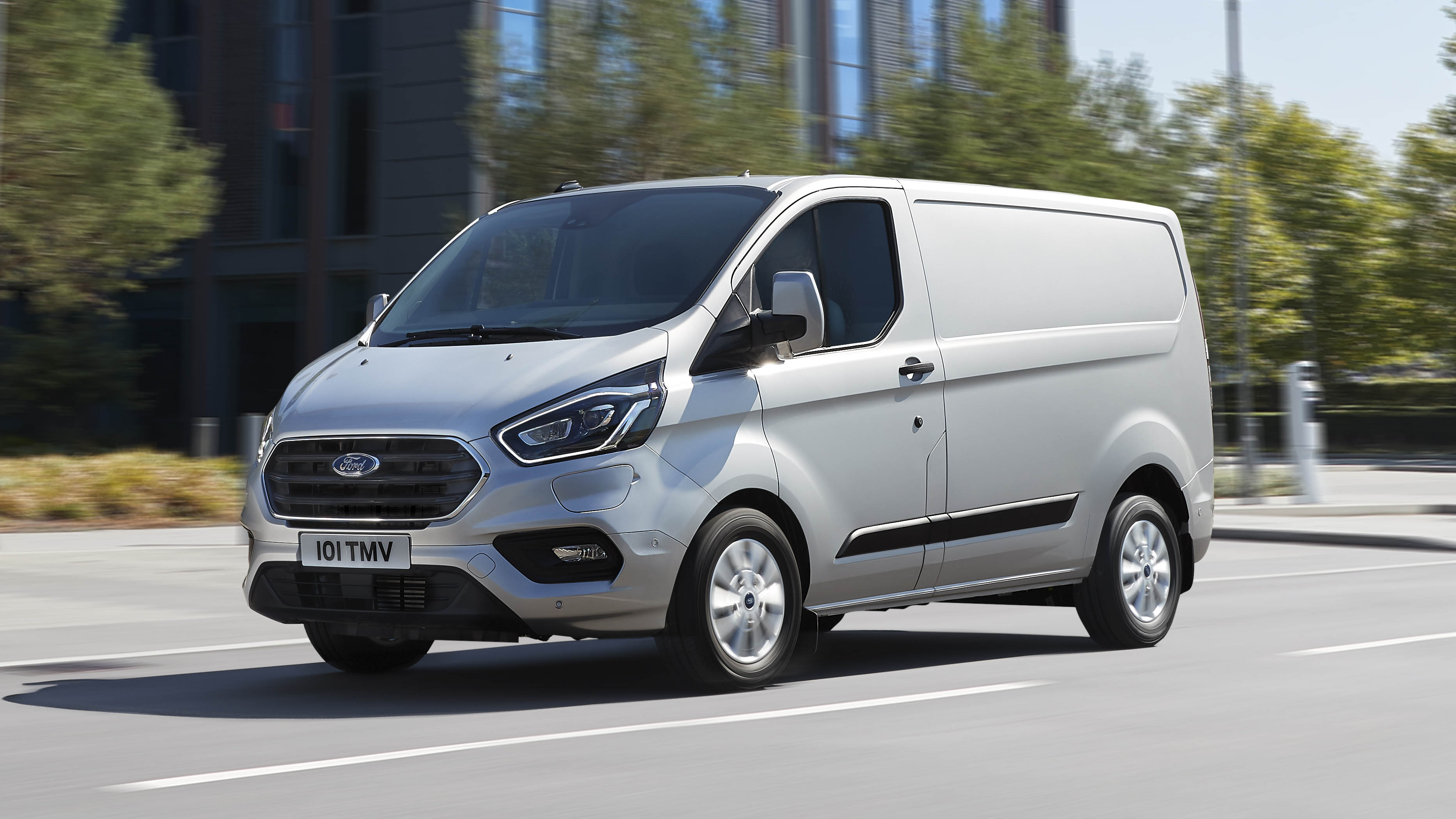
Ford Transit Custom PHEV review: a plug-in hybrid van
Ah, a Transit. Surely you’ve already reviewed that?
Absolutely, and you can read our full test of the UK’s best-selling van by clicking on these very words, but there are two crucial differences with this particular Transit.
The first is that what we have here is a Transit Custom – the best-selling size of Transit. It’s bigger than the weeny Transit Courier and Connect, but smaller than the traditional Transit and the new 2.0-tonne Transit. Yeah, there’s a whole lot of Transits.
Vans come in all shapes and sizes for all needs too, so you can get a Custom in short or long wheelbase form as well as with standard or extended roof heights.
The second difference here is the powertrain. Whilst many new all-electric vans have been unveiled recently, Ford has decided that a stepping-stone plug-in hybrid is its best bet to getting couriers sold on electrification.
What’s powering this thing then?
Glad you asked. Rather than the standard 2.0-litre diesel engine, the Custom PHEV features a 92.9kW electric motor that drives the front wheels at all times. Ford’s 1.0-litre EcoBoost petrol engine with a single-speed automatic gearbox is then deployed as a range extender and provides constant charge to the onboard battery.
Said battery is a 13.6kWh lithium-ion job that is hidden under the van’s loadspace (more on that later) and can provide an all-electric, zero-emissions range of 35 miles on a full charge. From a three-pin plug you’re looking at 4.3 hours for a full recharge, but a Type 2 fast charger will get the job done in 2.7 hours. Ford also reckons you’ll get 310 miles from a full tank and battery combined.
Impressive. Can I still use it to carry stuff?
Yep, you should have no worries there. With strategic placing of the batteries under the floor, Ford has not only kept the PHEV’s centre of gravity down, but it’s also kept a maximum payload of 1,130kg. That’s a lot of Amazon parcels and plenty of building materials.
Top Gear
Newsletter
Thank you for subscribing to our newsletter. Look out for your regular round-up of news, reviews and offers in your inbox.
Get all the latest news, reviews and exclusives, direct to your inbox.
For now you can only have the PHEV in short wheelbase and low roofed flavour, but there’s still 6m3 of loadspace in the back – the same amount as in the corresponding diesel version. Nice.
Maybe this is less important with a van, but how does it drive?
Well the standard Transit is actually extremely impressive behind the wheel, and this Custom is rather car-like too (that’s a compliment). The steering is well weighted, the suspension softens bumps impressively well and it handles neatly through twisty stuff.
The regenerative braking could do with slightly more refinement, though – in normal ‘D’ mode the brake pedal lacks feel and in the one-pedal-like ‘L’ mode it’s very eager to slow the van down as soon as you come off the throttle. Makes things a bit jerky, that.
The internal combustion engine could also be more refined. Once you’ve exhausted your EV-only range the little three-cylinder has to work extremely hard under any sort of throttle or on any incline, and you’ll certainly know about it from the noise. Just 124bhp really isn’t much in something of this size either, and although the electric motor helps it sprint away from the lights, the Custom PHEV is limited to 75mph.
What about fancy tech? It must have plenty of that?
Correct again. In fact, the drive modes are particularly interesting. ‘EV Auto’ is your standard hybrid drive and manages the energy flow between the engine, the battery and the wheels, but there’s also ‘EV Later’ that saves up your all-electric range and ‘EV Now’ that – you guessed it – uses it straight away. It’s an extremely effective way of making sure you’ve got the ability to run on zero emissions power in towns and cities, but Ford has also fitted a clever geofencing module that automatically switches the van to EV mode when you enter a low-emission zone. Witchcraft.
And how’s the interior?
It’s not bad at all. Base spec models only get a 4.2-inch non-touch TFT screen as infotainment setups, but Trend and top-spec Limited versions get an eight-inch touchscreen with Apple CarPlay and Android Auto as standard.
You sit nice and high as you’d expect and there’s plenty of hard-wearing and wipe down materials dotted around the place. The steering wheel is nicely tactile though and there’s a huge amount of storage.
The optional Visibility Pack (£660) is probably worth the outlay and includes a rear-view parking camera as well as lane keep assist and folding mirrors.
The big question then – what does this all cost?
Ah. That’s where the PHEV might come unstuck for many. It may be congestion charge exempt and the running costs would certainly be less than the diesel, but a standard, boggo Transit Custom starts at £23,090 before VAT. The PHEV kicks off at a whopping £46,765 and the fully-loaded Limited that we drove came to £55,491 with a few options and £780 worth of metallic paint. Ouch.
Still, the PHEV model of zero-emissions driving in short bursts with the ability to still cover hefty motorway distances will work for many companies, and the fact it’ll help to improve their image and reduce their impact on the environment will be a massive draw.
7/10
Featured

Trending this week
- Car Review
BMW iX3






